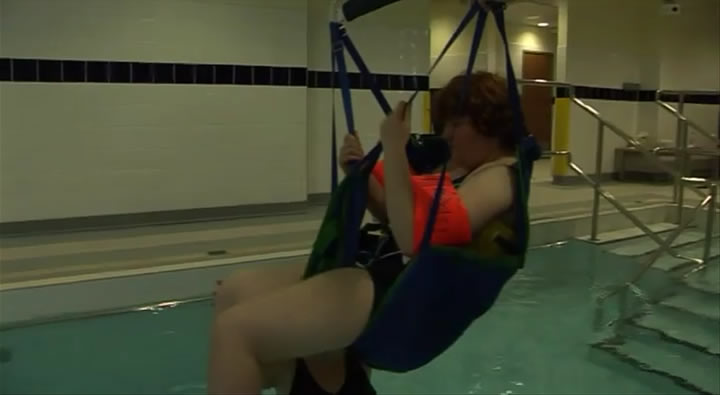
There has been an increase in the number of children in the UK with CLDD.
This increase is mainly attributed to progress in medicine that enables
children to survive after birth and to live longer.
The Department for Education (DfE) identified that educators were finding
it difficult to find effective teaching and learning strategies to meet
the needs of children and young people with CLDD.
complex learning difficulties and disabilities
The learning needs of children with CLDD are complex.
Many are disengaged from learning activities and do not respond
to teaching strategies that would engage other children with special educational needs
and disabilities.
Children with CLDD need personalised programmes related
to their complex difficulties and disabilities,
that build on their strengths, however small these may seem.
personalised learning

The DfES commissioned
the Specialist Schools and Academies Trust (SSAT) to explore how to develop
personalised learning for children with CLDD.
The research team worked alongside educators, families and their multidisciplinary
colleagues in 96 schools, including special, mainstream, primary, secondary
and early years settings.
The Research Project developed three resources. These consist of:
1. Complex learning difficulties and disabilities briefing packs
The profile of learning difficulties associated with a range of CLDD,
for example, Fragile X Syndrome or maternal drug use. These enable educators
to have a clear understanding of a child's difficulties and disabilities.
2. The engagement profile and scale
A classroom profiling and monitoring tool which enables educators to observe,
record and chart the engagement in learning.
3. The inquiry framework for learning
Support for educators to explore and develop multidisciplinary personalised learning pathways under 12 different 'inquiry areas'.
The teacher's commentary will give you some clues and additional information.

